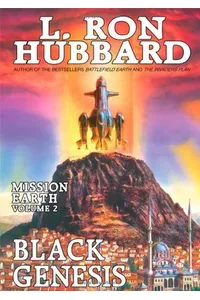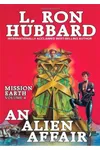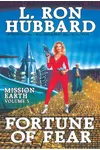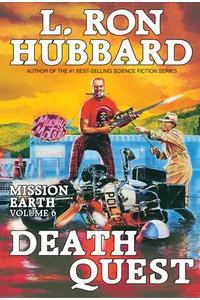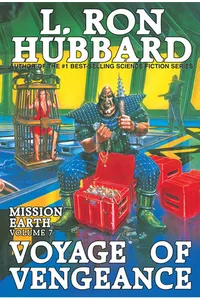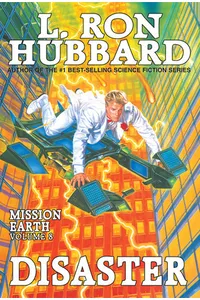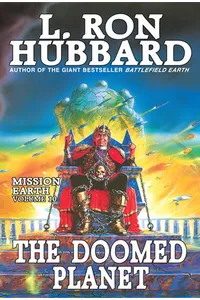Step into the wild, satirical universe of Mission Earth, where interstellar espionage and biting social commentary collide in a 10-book science fiction extravaganza! Penned by L. Ron Hubbard, this epic dekalogy follows the Voltarian Confederacy’s audacious plan to save Earth—known to them as Blito-P3—from its own self-destructive tendencies. With a blend of humor, adventure, and sharp critique, Mission Earth invites readers to a galaxy where nothing is quite as it seems.
Picture this: a sprawling narrative of 1.2 million words, filled with alien invaders, corrupt bureaucrats, and one incorruptible hero, Jettero Heller, racing against time to save a planet teetering on the edge. Whether you’re a sci-fi fanatic or a newcomer to Hubbard’s work, Mission Earth’s unique mix of pulp adventure and provocative themes will keep you hooked.
How Mission Earth Began
In the early 1980s, L. Ron Hubbard, a prolific pulp fiction writer and founder of Scientology, returned to science fiction with renewed vigor. Fresh off the success of Battlefield Earth, Hubbard embarked on Mission Earth, a project he described as a comedic satire targeting modern societal flaws. Written in a whirlwind of creativity while traveling the U.S. West Coast in a motorhome, Hubbard crafted this ambitious series to lampoon everything from corporate greed to environmental neglect, all wrapped in a rollicking space opera.
The Heart of Mission Earth
The series kicks off with The Invaders Plan, where the Voltarian Confederacy plots to secure Earth as a strategic pitstop for their galactic conquest. Enter Jettero Heller, a noble Royal Officer tasked with saving Earth from pollution and chaos, only to face sabotage from the scheming Soltan Gris. In Black Genesis, Heller lands in Turkey, navigating Earth’s complexities while uncovering drug-fueled conspiracies. Fortune of Fear ramps up the stakes with global intrigue, while The Doomed Planet delivers a climactic showdown as the Voltarian empire teeters on collapse.
Mission Earth’s themes are as bold as its scope. Hubbard skewers 1980s American society, tackling corruption, addiction, and environmental crises with a subversive edge. The series’ satirical tone, reminiscent of Voltaire or Swift, blends grotesque humor with poignant critique, though some scenes push boundaries with their provocative depictions. Set in a far-future galaxy, the story’s mix of espionage, space opera, and pulp sensibilities creates a nostalgic yet forward-thinking vibe that resonates with fans of classic sci-fi.
Why Mission Earth Resonates
Despite mixed critical reception, Mission Earth’s commercial success was undeniable, with each volume hitting the New York Times bestseller list—a feat some attribute to strategic book-buying campaigns by Scientology affiliates. The series earned accolades, including France’s Cosmos 2000 Award and a Hugo nomination for Black Genesis. Its legacy lies in its fearless satire and sprawling ambition, offering a lens into Hubbard’s complex worldview. Fans praise its fast-paced action and memorable characters, while critics note its dated narrative style, making it a polarizing yet enduring sci-fi milestone.
- Publication Years: 1985–1987
- Number of Books: 10
- Awards: Cosmos 2000 Award, Nova Science Fiction Award, Hugo Award nomination
Ready to blast off into a galaxy of intrigue and satire? Grab The Invaders Plan and dive into Mission Earth’s wild, thought-provoking universe!

